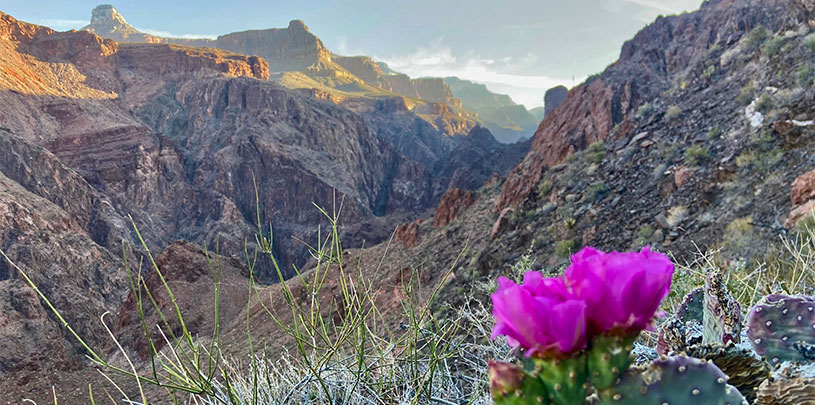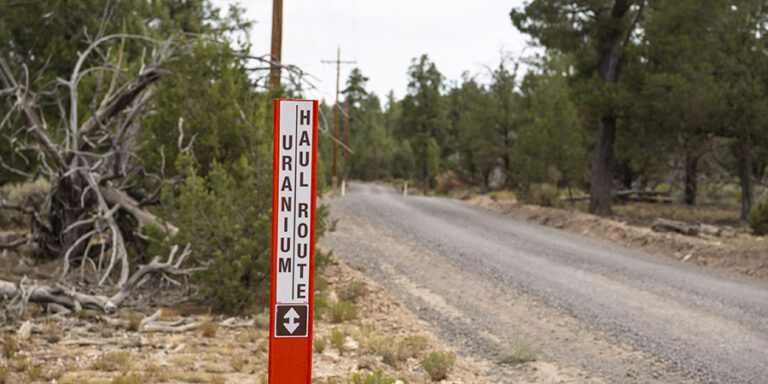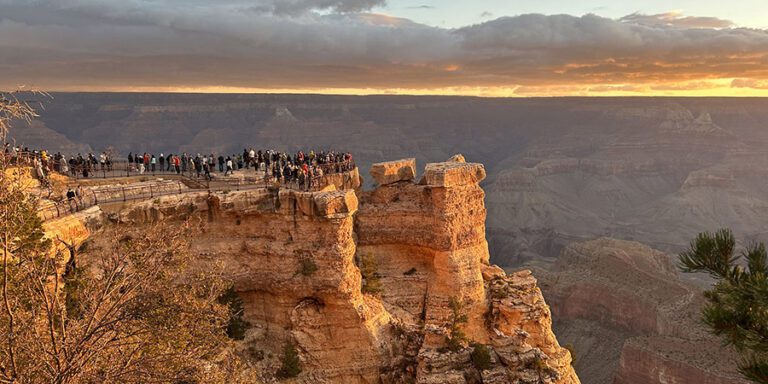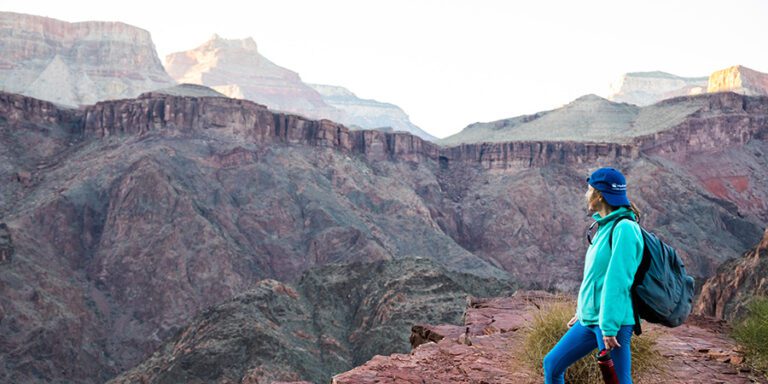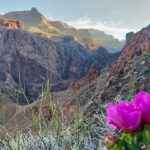
From golden hues to crimson reds, the Grand Canyon is brimming with bright and colorful wildflowers.
It’s wildflower season again in the Grand Canyon. From March through September, trees, shrubs, and cacti explode into a rainbow of color. Grand Canyon National Park is home to about 650 species of wildflowers that pop out of rocks, cling to mossy walls, and grow in sandy soils. A wet winter makes for a good flower show come spring. And when the heat peaks in the summer, late bloomers are truly a sight to behold.
Many of the flowers that grow in the Grand Canyon have been used by Native peoples living, farming, trading, and traveling through the canyon since time immemorial as food and medicine.
While Grand Canyon flowers are good at growing in harsh conditions, please give them a leg up by leaving them for all to enjoy.
Keep an eye out for these desert blooms while out on the trail.
Narrow-leaved paintbrush

The narrow-leaved paintbrush, also called the desert paintbrush or Wyoming paintbrush, produces very slender bright red or orange petals that attract bees, butterflies, and hummingbirds. Keep an eye out for these fiery flowers when hiking on the Tonto Trail. They love to grow in sagebrush-scrub and pinyon-juniper forests during the summer months.
Winding mariposa lily

Pay close attention on your trek through the Grand Canyon and you might spot a winding mariposa lily. This delicate flower can be white, lilac, or pink and is easy to spot due to its thin, wavy stem. Winding mariposa lilies love to grow up through other plants such as creosote and sagebrush, making them common at lower elevations. April and May are prime times to find them on the trail.
Desert phlox

Got a toothache? Try to find some desert phlox on the Bright Angel Trail. Its medicinal properties serve as a natural pain reliever. The five-petaled flowers can be white or deep pink. Catch them between April and July. They love the sun and form dense clusters that are hard to miss.
Blue flax

For those on a health kick, keep an eye out for blue flax. Native peoples have used this light blue flower as a nutrient-rich food additive for generations. The five-petaled blooms decorate meadows and sloped areas. You can find them on the rim as well as in the inner canyon.
Sacred datura

Backcountry hikers, keep an eye out for sacred datura. The white trumpet-shaped flower is hard to come by, as it only blooms at night. Steer clear if you see one. The flowers are known to contain a substance that’s a poisonous narcotic. Yikes!
Golden columbine

All rise! Also known as the “yellow queen,” the golden columbine has long blade-shaped petals and loves the water. Rafters floating through the Grand Canyon will find it growing near seeps and springs along the Colorado River and its tributaries. These subtly fragrant flowers are most prominent in the spring but hold up well in the heat.
Western redbud

Hit the Hermit Trail and you may run into a Western redbud. These tree-like shrubs produce purplish-pink flowers that are reminiscent of cherry blossoms. The flowers are most prominent in the springtime. The leaves of this deciduous tree turn yellow and rust in the fall—a double feature for Grand Canyon hikers.
Claret cup cactus

Cacti only bloom for a short time, but in April and May, the desert pops with color. The claret cup cactus is hedgehog-shaped and produces beautiful scarlet flowers that only last a few days. Hiking up side canyons from the Colorado River is a great way to find them, but they also grow on the North and South rims. See a complete list of plants in Grand Canyon National Park

